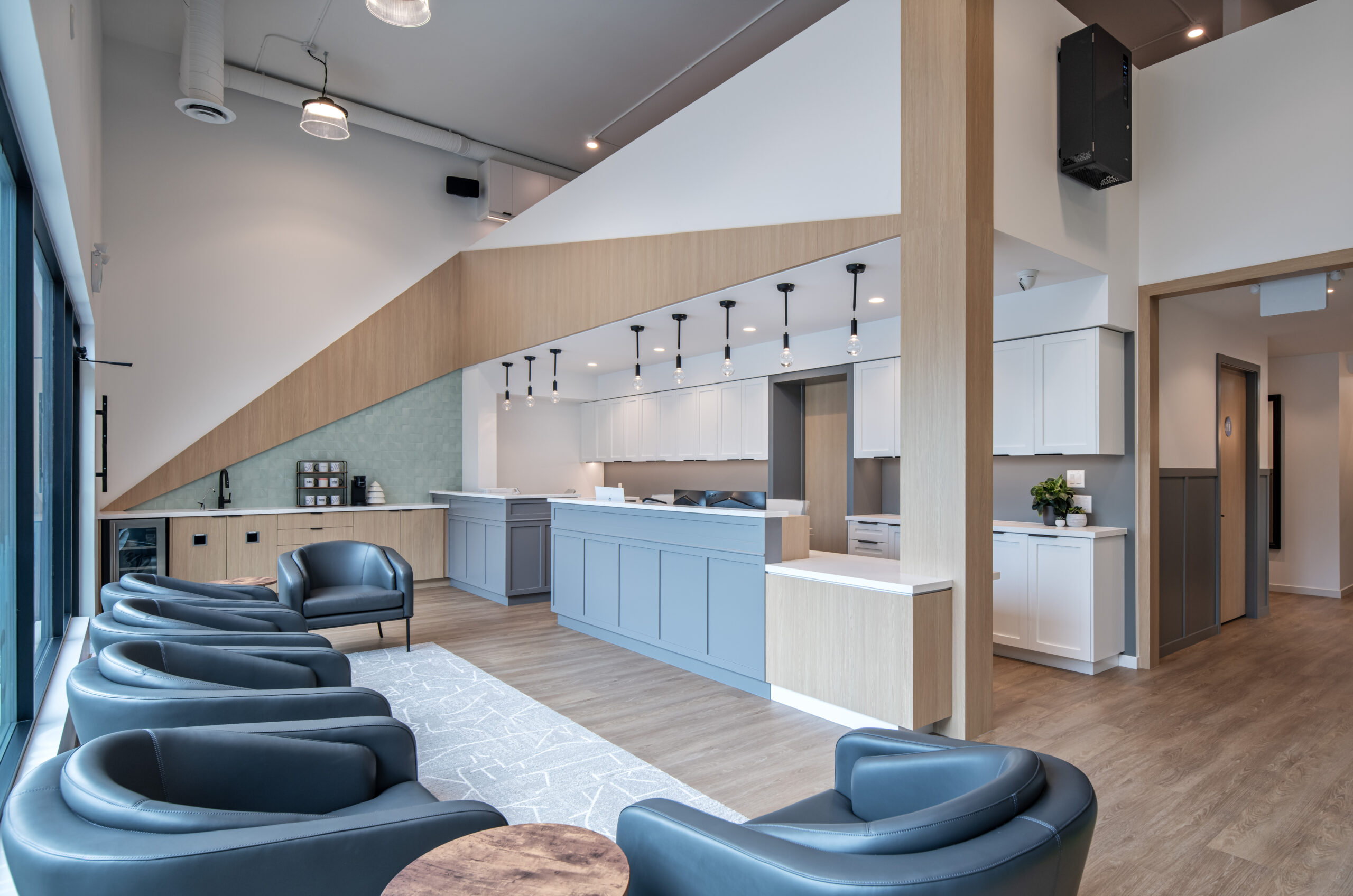Direct Restorations
Restoring health and function
Direct restorations are also known as fillings. We prefer to use the term restoration as we restore the tooth to health and function! As part of a direct restoration we will first remove the decay from the tooth and then place a filling material so that the tooth looks and functions like a tooth again. A direct restoration differs from an indirect restoration as it is done directly in the mouth. An example of an indirect restoration is a crown which is made in a lab.
Crowns
A big hug for your tooth.
A crown is an indirect restoration (made outside of the mouth) that can improve the appearance of a tooth and help to maintain its strength. Sometimes a structurally weak tooth would benefit from the circumferential band that a crown forms around the tooth, holding it together. Like a big hug. Crowns are a wonderful restorative solution to address both esthetic and structural concerns. They are primarily made out of ceramic or gold.
Root Canal Therapy
Nothing to be scared of
The procedure shouldn’t hurt but unfortunately if a tooth needs root canal therapy often it is a tooth that has been causing some pain.
There are only two ways to treat an infection that has reached the centre of a tooth: take the whole tooth out or clean out the centre of the tooth (root canal therapy). Antibiotics will help your body fight an infection that has spread outside of a tooth but they will not remove the source of the infection. After antibiotics are taken there may be complete resolution of any pain or swelling but without proper treatment this pain and swelling are likely to return.
Caries Management
Let’s be cavity free!
The process that causes a cavity is known as caries and it is one of the most prevalent diseases in the world. It’s also very preventable.
Sometimes we can medically manage caries. We can give your body and your tooth the upper hand and shift the balance toward rebuilding tooth structure instead of losing it. There are various ways to do that but typically this involves improving oral hygiene (brushing and flossing), using a mineral adjunct like fluoride, and limiting how often the teeth are exposed to food sitting on them. Let’s talk about ways that will work for you. We would like your visits to our office to be focused on maintaining health not on how many cavities you have. So, let’s decrease your caries risk together and stay cavity free.
Initial periodontal therapy
More than just a cleaning
Initial periodontal therapy is the first step toward health after a diagnosis of gingival, periodontal, or peri-implant disease. Often periodontal therapy is referred to as hygiene or a ‘cleaning’ This first phase of periodontal therapy is aimed at achieving health and reducing inflammation in the gums and bone around teeth and/or implants. This involves the non-surgical removal of plaque/biofilm and tartar/calculus from tooth or implant surfaces above and below the gums. There are many ways to accomplish this; hand instrumentation, ultrasonic scaling, or air particle polishing. Often a combination of techniques is required to achieve adequate disruption of the biofilm.
Extractions
Sometimes they just gotta go
Removing a tooth isn’t often a first choice option but there are circumstances where mitigating risk and removing disease necessitates the removal of one or more teeth. We can do that for you and we’ll take our time and try and make it as comfortable as we can for you. You may still have to call on a friend or family member to bring you soup in bed though.








